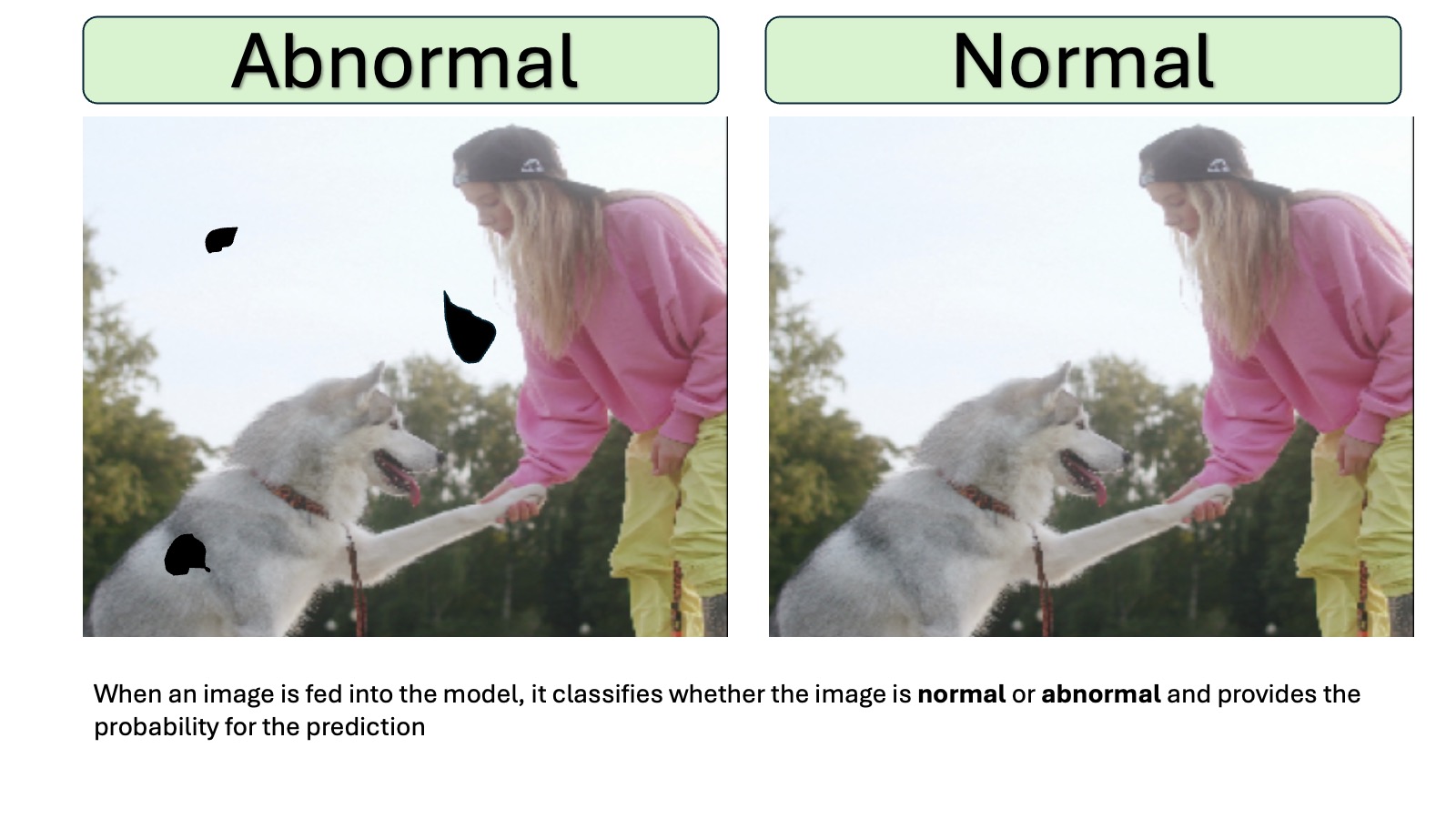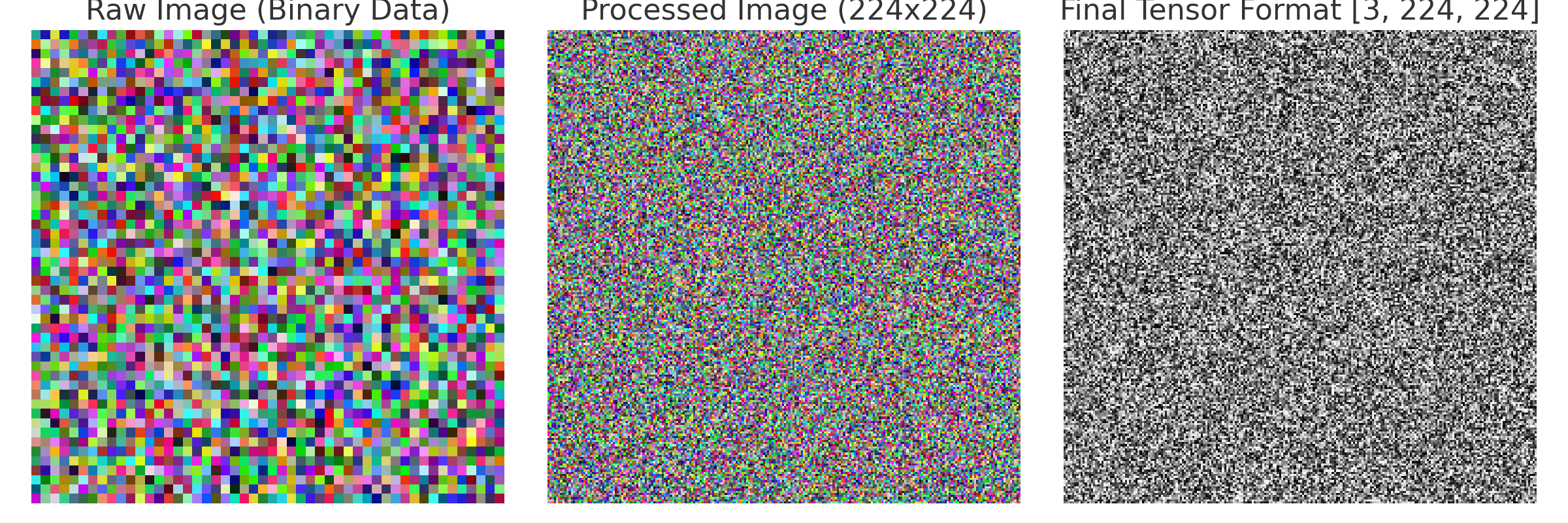Databricks CV Anomaly Detection
👁️ Databricks + Computer Vision Anomaly Detection & Model Deployment
A complete guide to anomaly detection with Databricks and Apache Spark
“From data ingestion to real-time serving — build and deploy scalable computer vision anomaly detection models.”
📎 Full Project:
👉 View Jupyter Notebooks on GitHub

📌 One-Line Summary
This project provides a full pipeline for computer vision–based anomaly detection, covering data ingestion, preprocessing, model training, deployment, and REST API serving — all within Databricks and powered by Apache Spark.
1️⃣ How It Was Built
1. Utilities (00_utils.ipynb)
- Common helper functions for preprocessing and visualization
- Reusable utilities to streamline workflows
2. Data Ingestion & ETL (01_Ingestion_ETL.ipynb)
- Ingested large-scale image datasets into Databricks
- Implemented Spark-based ETL for scalability
- Optimized storage and partitioning for performance and cost efficiency
- Image Processing Visualization

3. Deep Learning Training (02_HF_Deep_Learning.ipynb)
- Applied image preprocessing and augmentation
- Trained models using PyTorch + Hugging Face
- Evaluated performance with metrics like Accuracy, Loss, and PR-AUC
4. Model Deployment (03_Model_Deployment.ipynb)
- Registered trained models in MLflow
- Managed versions for reproducibility
- Optimized inference pipelines for deployment
5. Model Serving (04_Model_Serving.ipynb)
- Deployed models with Databricks Model Serving
- Exposed REST API endpoints for real-time predictions
- Integrated anomaly detection into external systems
2️⃣ Optimization & Best Practices
- Spark optimizations for large-scale image data
- Databricks cluster configuration for cost efficiency
- Strategies for balancing performance and resource usage
🛠 Technologies Used
| Step | Technology |
|---|---|
| Data Processing | Apache Spark, Databricks |
| Deep Learning | PyTorch, Hugging Face |
| Experiment Mgmt | MLflow |
| Deployment | Databricks Model Registry |
| Serving | REST API, Databricks Serving |
💡 Key Learnings
- Full lifecycle ML on Databricks: ingestion → training → deployment → serving
- How to optimize Databricks for low-cost, high-performance workflows
- Practical experience with model versioning, reproducibility, and API integration
🔗 GitHub Repository
All articles on this blog are licensed under CC BY-NC-SA 4.0 unless otherwise stated.
